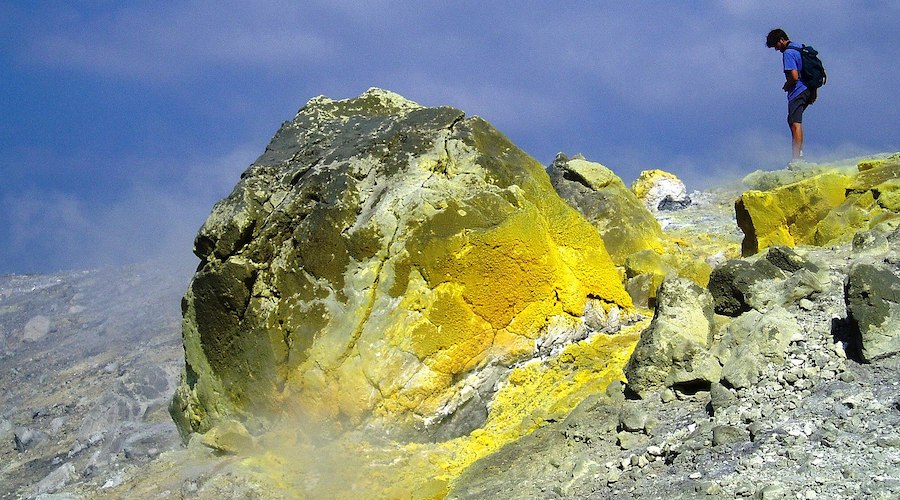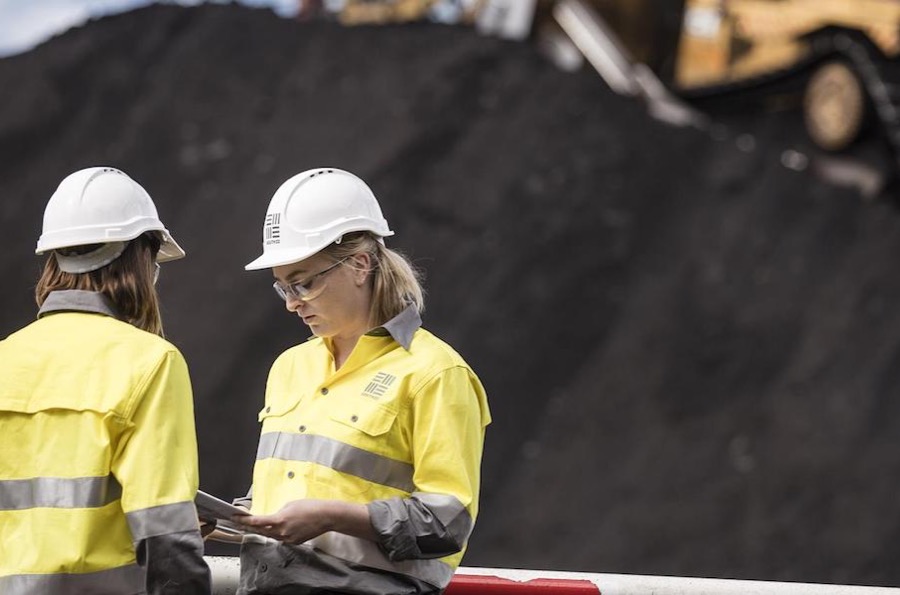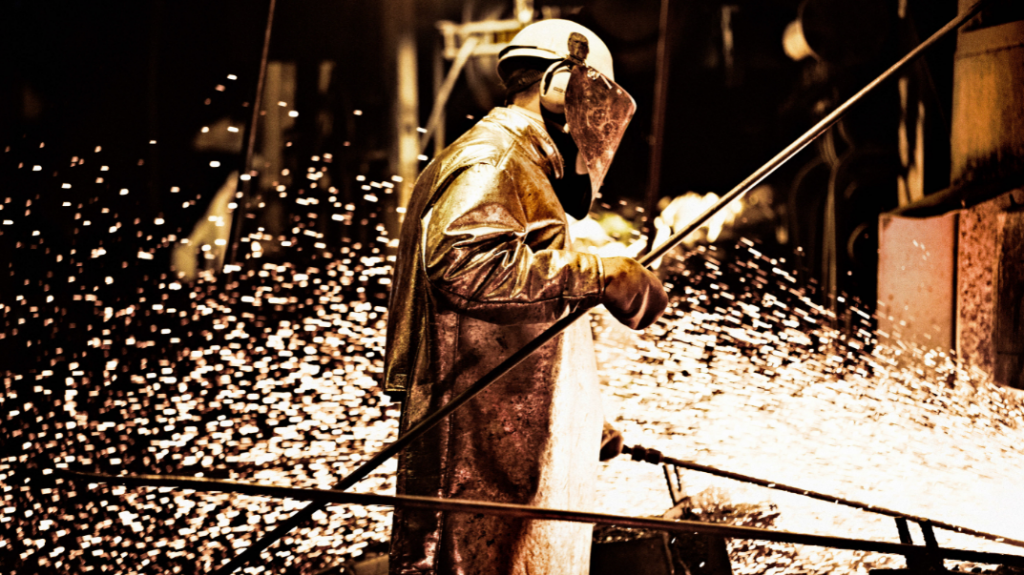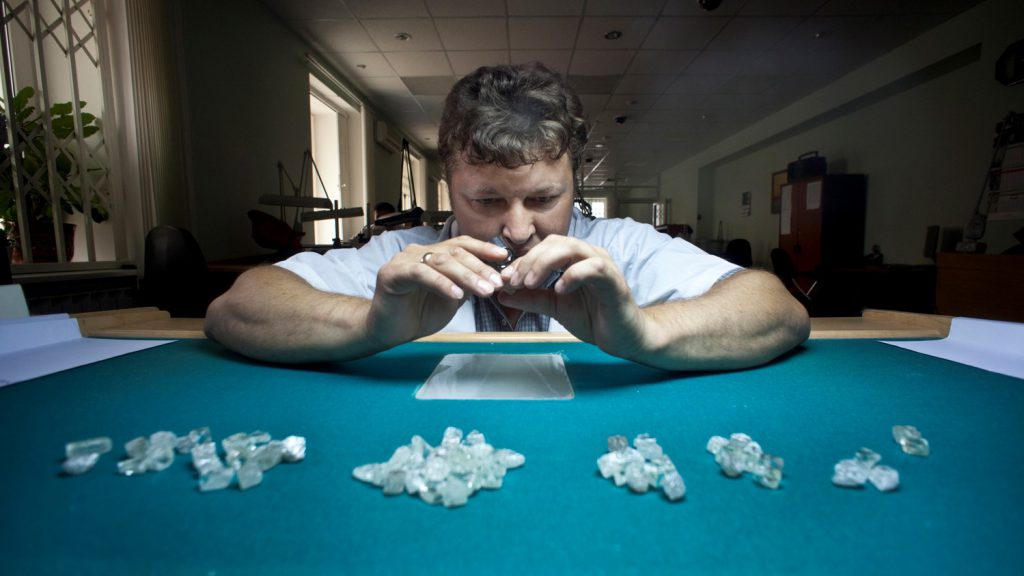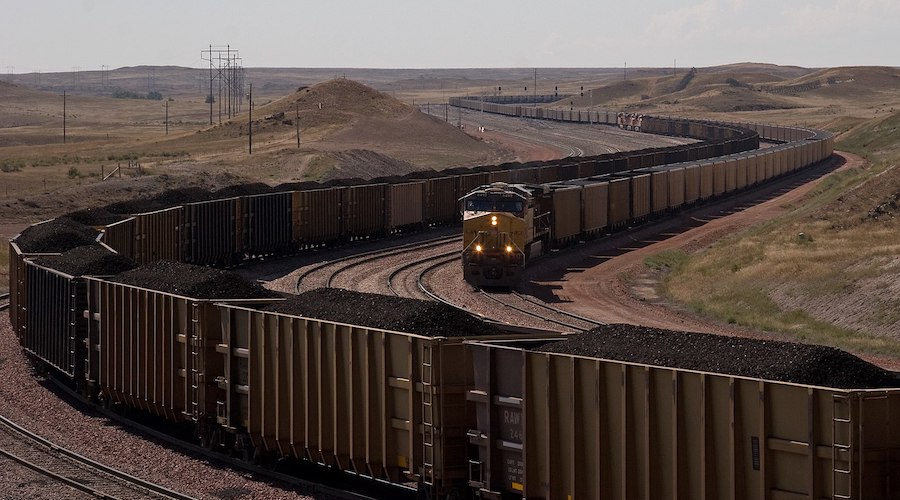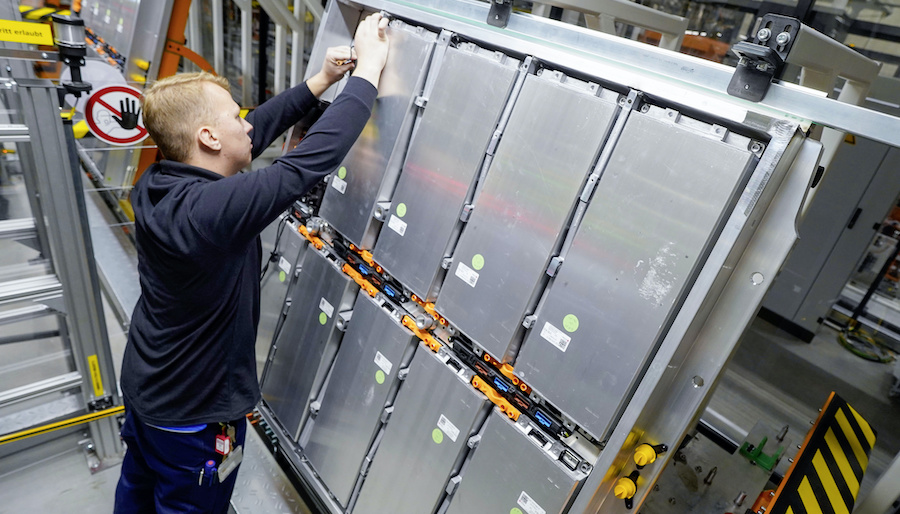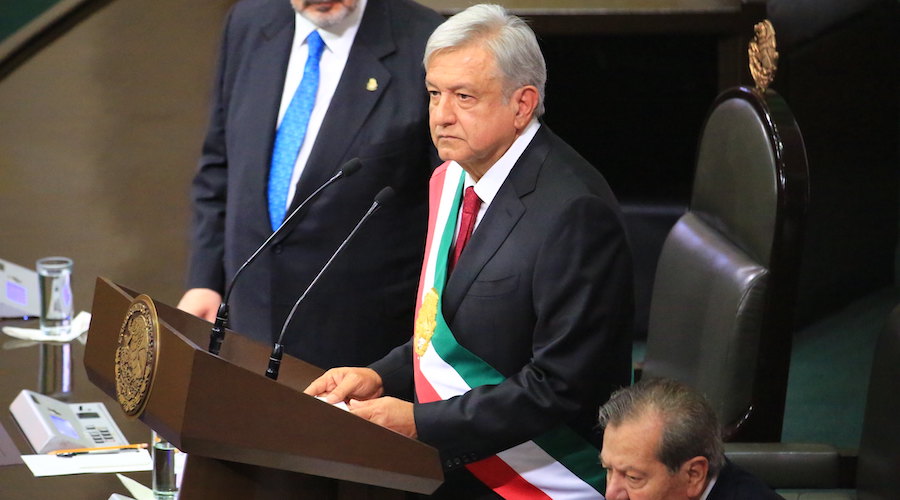Bloomberg News | August 22, 2022 |
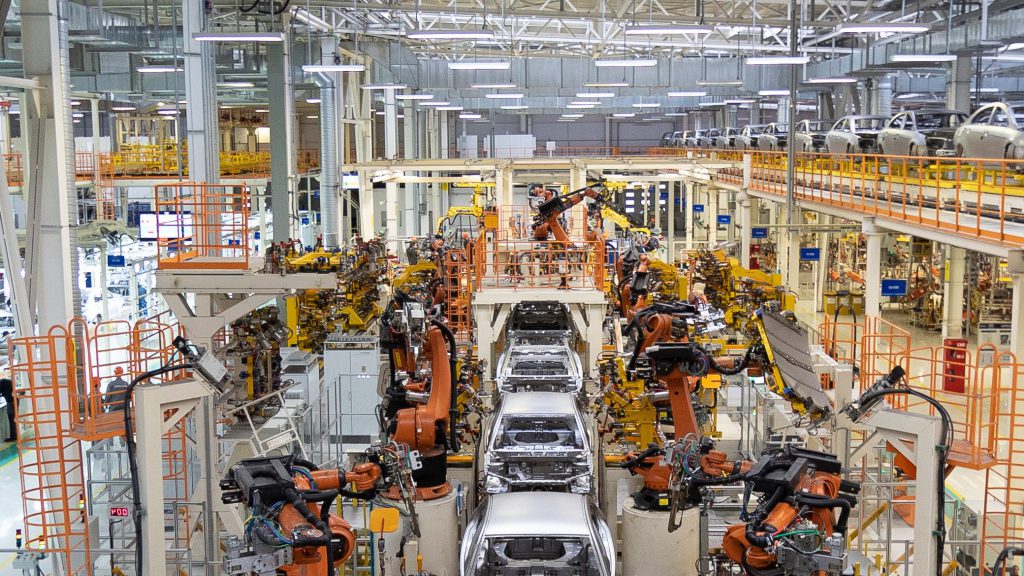
Assembly line (Adobe Stock)
A Detroit automaker and US steel producer sparred at an industry gathering this week on whether steel or aluminum is the preferred metal for electric-vehicle bodies.

The top executive of Cleveland-Cliffs Inc., the second largest US steelmaker, said that EV companies were preferring steel over aluminum. But an executive director from General Motors Co., the biggest US automaker, said there’s no broad brush.
“It’s hard to say we’re going to have more steel, we’re going to have more aluminum, because every application will be specific to that vehicle,” Thomas Hosea, who oversees GM’s global purchasing and supply chain, said Tuesday at a steel conference in Atlanta. “If you have a vehicle with a bigger battery you’ll need to lightweight it more than a lower-range vehicle.”
The debate on whether to use more steel or aluminum in automobiles took center stage a decade ago as automakers moved to lighten cars to meet new government requirements to extend how far vehicles must travel on a gallon of gas. Aluminum seized a watershed moment when Ford Motor Co. chose to outfit the nation’s top-selling F-150 truck with the metal, improving its per-gallon efficiency on the highway by 29% from the older steel-bodied model.
Steel has traditionally been a favored metal due to its high strength and low cost. The benchmark steel price is 39 cents a pound, whereas aluminum costs almost three times that at $1.10 per pound. Still, the metals discourse is being revived as automakers shift to produce more EVs amid a global push to transition economies from fossil fuels toward cleaner energy sources to help fight climate change.
Batteries are the heaviest part of EVs and generate a massive amount of heat, which makes aluminum an attractive material to both lighten the vehicle and encase the battery with a metal that can withstand high temperatures without melting. But the steel industry made major adjustments years ago in response to the light-weighting revolution by developing so-called advanced high-strength steels that are stronger than aluminum and can match it in weight.
Cleveland-Cliffs Chief Executive Officer Lourenco Goncalves said Monday that EV companies are going “all-in” on steel as they build out plans for the transition away from combustion-engine vehicles. The comment carries significance given that Cliffs is the largest steel provider to the US auto market, and a metal supplier to GM, Ford, Toyota Motor Corp., Nissan Motor Co. and Mercedes-Benz AG.
(By Joe Deaux)
